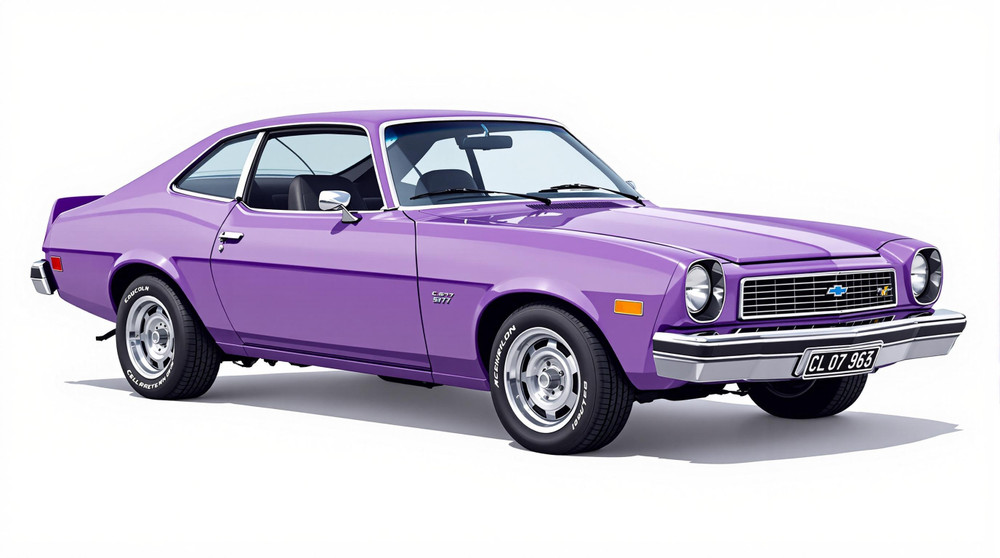Image of 1977 Chevrolet Vega, Note: These illustrations use artistic license and may differ from actual historical models.
Performance Metrics
Fundamental Metrics
Emotional Appeal
MMP Rating
| Engine Specifications | |
|---|---|
| Engine: | 140 CID I4, 2300cc I4 |
| Displacement: | 140-2300cc |
| Horsepower: | 70-85 hp |
| Torque: | 100-105 lb-ft |
| Compression Ratio: | 8.0:1 |
| Ignition System: | Electronic Ignition |
| Cooling System: | Water-cooled |
| Performance Specifications | |
| 0-60 Time: | 15-20 seconds |
| 1/4 Mile Time: | 20 seconds |
| Top Speed: | 100 mph |
| Transmission and Drive | |
| Drive Type: | RWD (Rear Wheel Drive) |
| Transmission Type: | 3-speed manual, 4-speed manual, 3-speed automatic |
| Fuel and Efficiency | |
| Fuel System Type: | Carburetor |
| MPG: | 20-25 mpg |
| Dimensions and Brakes | |
| Brakes: | Front disc, rear drum |
| Wheelbase: | 97.0 in |
| Weight: | 2400-2600 lbs |
Note: Specifications for classic cars are given to the best of our ability, considering the limited and variant data available.
1977 Chevrolet Vega: An Underdog's Tale of Innovation and Controversy
The 1977 Chevrolet Vega, a car that emerged from the tumultuous era of the 1970s fuel crisis, stands as a testament to American ingenuity and the complexities of automotive ambition. Manufactured by General Motors, the Vega was designed to be GM's answer to the growing demand for smaller, more fuel-efficient vehicles. Despite its rocky history and mixed reviews, the Vega holds a unique place in automotive lore, not least because of its innovative use of aluminum in its engine design—a rarity for its time.
Design and Innovation
The Vega's exterior styling was a blend of sleek lines and utilitarian simplicity, a nod to the no-frills, economy-minded consumer. Its hatchback silhouette was both modern and practical, offering more cargo space than many competitors. Inside, the Vega was basic yet functional, with an emphasis on maximizing interior space within a compact footprint. Materials were typical of the era—durable but not luxurious—with an array of vinyl and plastic components. Technological features included an overhead-cam four-cylinder aluminum engine which was quite revolutionary, despite later becoming infamous for reliability issues. Color options ranged from earthy tones to more vibrant hues, with Antique White and Firethorn Red being among popular choices. The Vega came in several body styles including hatchback coupe, notchback coupe, wagon, and even a panel delivery model. The hatchback, however, remains the iconic representation of the model.
Historical Significance
The Chevrolet Vega's impact on automotive design was significant due to its early adoption of an aluminum engine block without iron cylinder liners—a bold move that ultimately led to durability problems but showcased GM's willingness to innovate. It set itself apart with its lightweight design and focus on fuel efficiency during a time when most American cars were large and thirsty for gasoline.
Performance and Handling
Performance-wise, the 1977 Vega wasn't a powerhouse. With a top speed hovering around 100 mph and acceleration from 0-60 mph taking about 12 seconds, it was adequate for its class but not sporty by any means. Handling was generally considered acceptable for daily driving but could be unsettled over rough surfaces or during high-speed maneuvers. The driving experience was characterized by a distinctive engine sound—a result of the aluminum block—and a ride that prioritized economy over comfort.
Ownership Experience
Vegas were commonly used as daily drivers due to their affordability and fuel efficiency. Maintenance could be challenging due to the aforementioned engine issues; however, many parts were shared with other GM models making some repairs straightforward. The car faced criticism for reliability problems which affected its reputation.
Fun Facts
A fun fact about the Vega is that it was initially received with enthusiasm by the automotive press, even earning Motor Trend's Car of the Year in 1971. Some editions are particularly rare today, such as the Cosworth Vega—a high-performance version with a twin-cam engine. Celebrity ownerships did occur but were less common given the car's market position.
Collector's Information
Today, values for the Chevrolet Vega can vary widely based on condition and model rarity. While production numbers were high—with over 2 million units built—surviving examples in good condition are relatively scarce due to rust issues and attrition over time. As such, prices can range anywhere from a few thousand dollars for models in fair condition up to $15-20k or more for pristine or rare variants like the Cosworth edition.
Conclusion
The 1977 Chevrolet Vega is a vehicle that encapsulates both innovation and cautionary tale within its compact frame. It serves as a reminder of an era when automotive giants like GM attempted to pivot rapidly in response to changing market demands. While it may not have been universally loved or free from fault, it remains an important chapter in American automotive history worth remembering.
1977 Chevrolet Vega Catalog of Parts
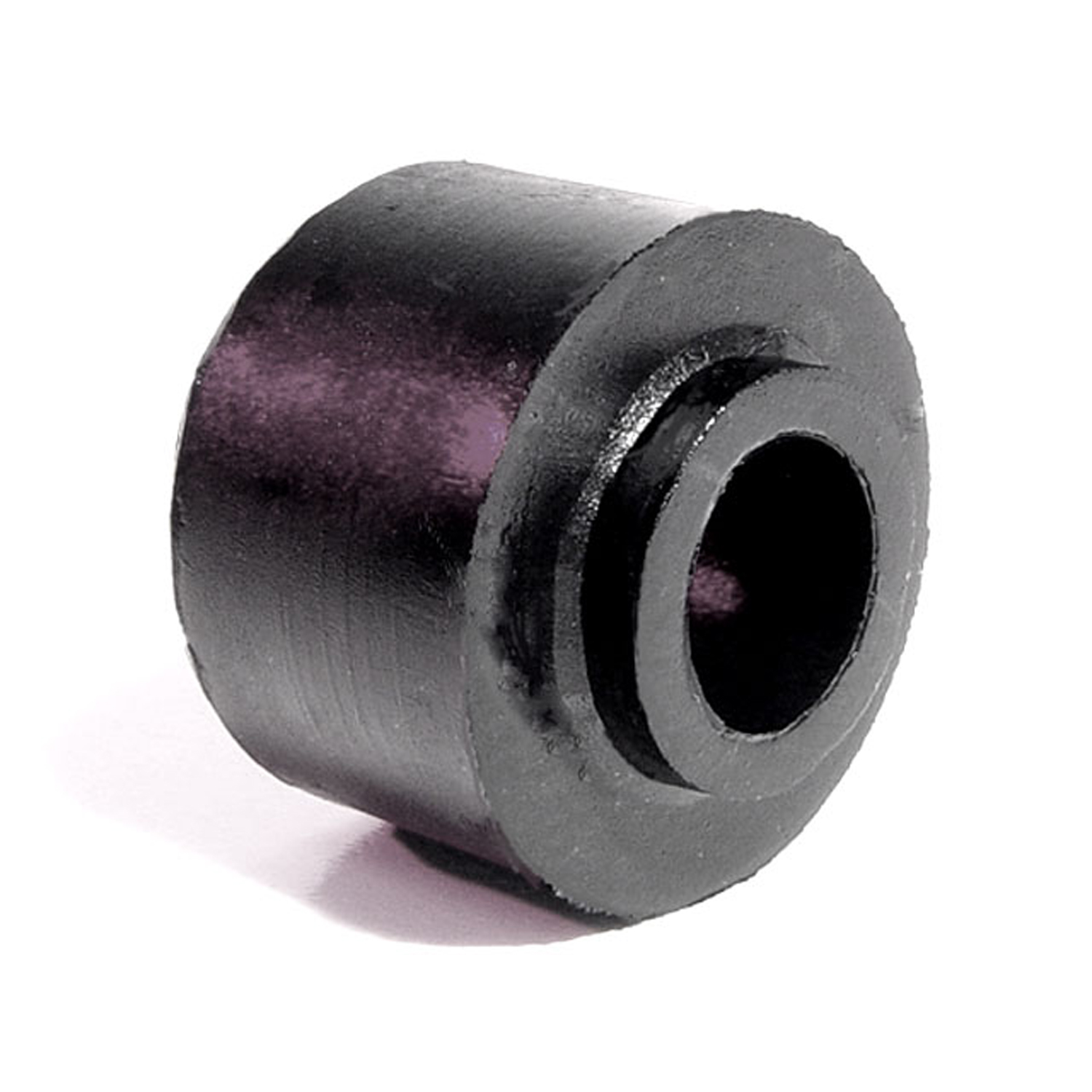 1977 Chevrolet Vega Shock Absorber Grommet. 1" bottom O.D., 3/4" high-BN 1Shock Absorber Grommet. 1" bottom O.D., 3/4" high., with 7/16" I.D. Each
1977 Chevrolet Vega Shock Absorber Grommet. 1" bottom O.D., 3/4" high-BN 1Shock Absorber Grommet. 1" bottom O.D., 3/4" high., with 7/16" I.D. Each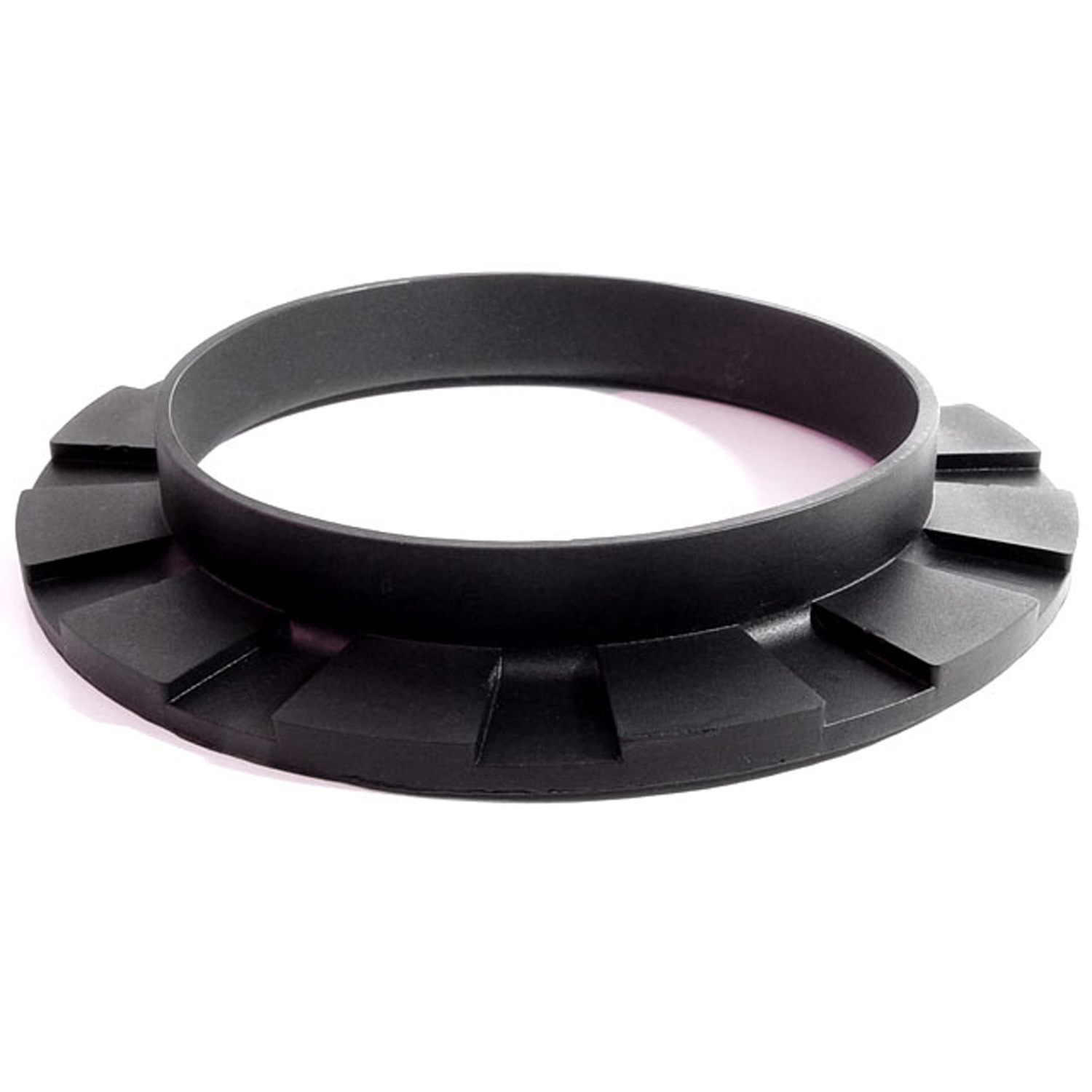 1977 Chevrolet Vega Front coil-spring insulator-BN 110Front coil-spring insulator. Fits '41-'60 Oldsmobile and '50-'83 GM passenger models. 5-3/8 in. OD x 3-3/4 in. ID x 3/4 in. high with 13/16 in. wide bottom flange 1/4" thick, 12 flutes. Each.
1977 Chevrolet Vega Front coil-spring insulator-BN 110Front coil-spring insulator. Fits '41-'60 Oldsmobile and '50-'83 GM passenger models. 5-3/8 in. OD x 3-3/4 in. ID x 3/4 in. high with 13/16 in. wide bottom flange 1/4" thick, 12 flutes. Each.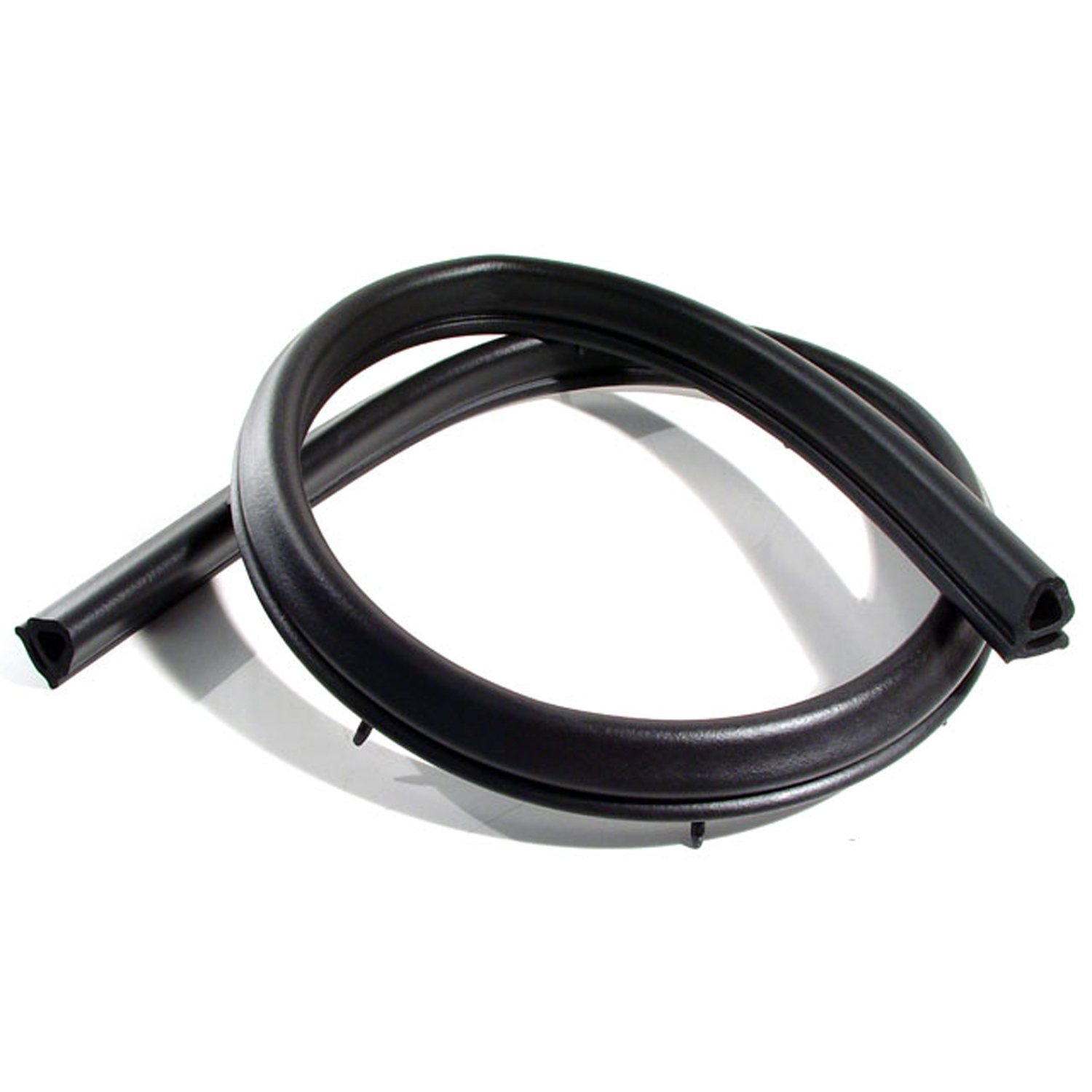 1977 Chevrolet Vega Hood to Cowl Seal, 71-80 GM H Body, Each-CS 13-HHood to Cowl Seal, 71-80 GM H Body, Each. Replaces OEM # 9829415. 50" Long. Comes with five mounting clips.
1977 Chevrolet Vega Hood to Cowl Seal, 71-80 GM H Body, Each-CS 13-HHood to Cowl Seal, 71-80 GM H Body, Each. Replaces OEM # 9829415. 50" Long. Comes with five mounting clips.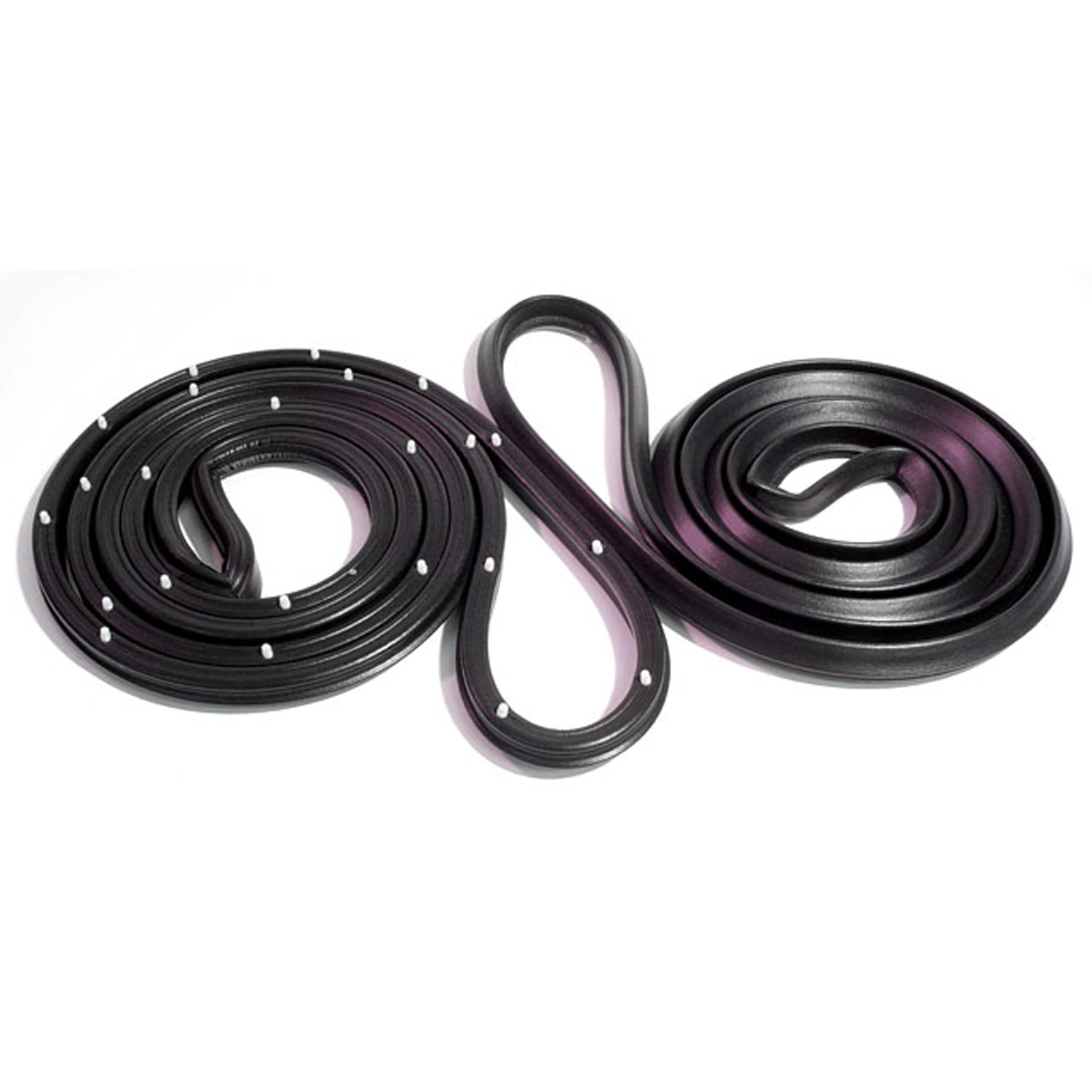 1977 Chevrolet Vega Molded Door Seals with Clips-LM 13Molded Door Seals with Clips. For 2-door hatchbacks (does not fit Monza). Replaces OEM #9883773/4. 139-1/2" long. Pair R&L
1977 Chevrolet Vega Molded Door Seals with Clips-LM 13Molded Door Seals with Clips. For 2-door hatchbacks (does not fit Monza). Replaces OEM #9883773/4. 139-1/2" long. Pair R&L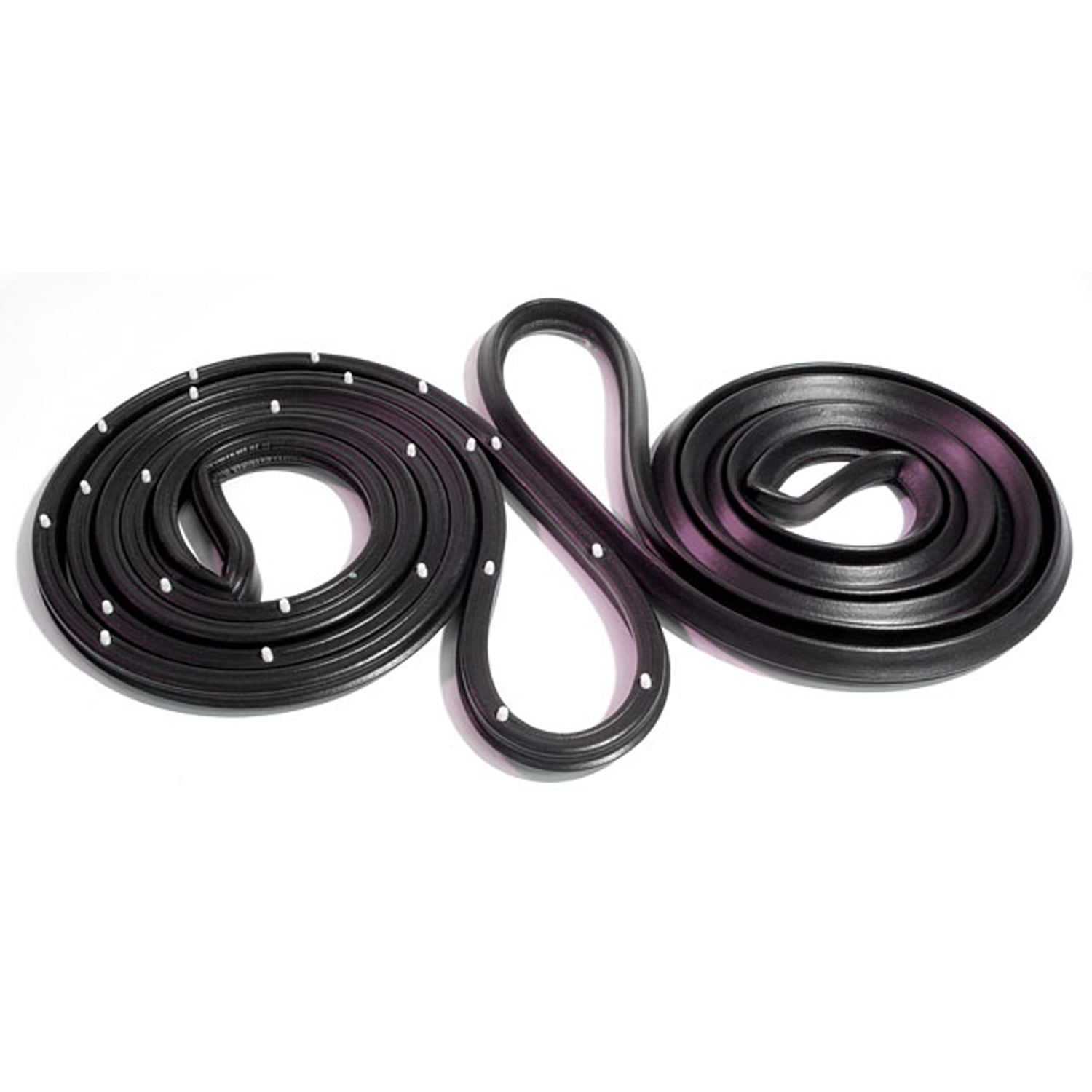 1977 Chevrolet Vega Molded Door Seals with Clips-LM 13-AMolded Door Seals with Clips. For 2-door coupe and wagon (does not fit Monza). Replaces OEM #9883771/2. 147-1/2" long. Pair R&L
1977 Chevrolet Vega Molded Door Seals with Clips-LM 13-AMolded Door Seals with Clips. For 2-door coupe and wagon (does not fit Monza). Replaces OEM #9883771/2. 147-1/2" long. Pair R&L 1977 Chevrolet Vega Trunk Liner. Loose weave, jet black. 50" wide-M 30Trunk Liner. Loose weave, jet black. 50" wide. Sold by the foot
1977 Chevrolet Vega Trunk Liner. Loose weave, jet black. 50" wide-M 30Trunk Liner. Loose weave, jet black. 50" wide. Sold by the foot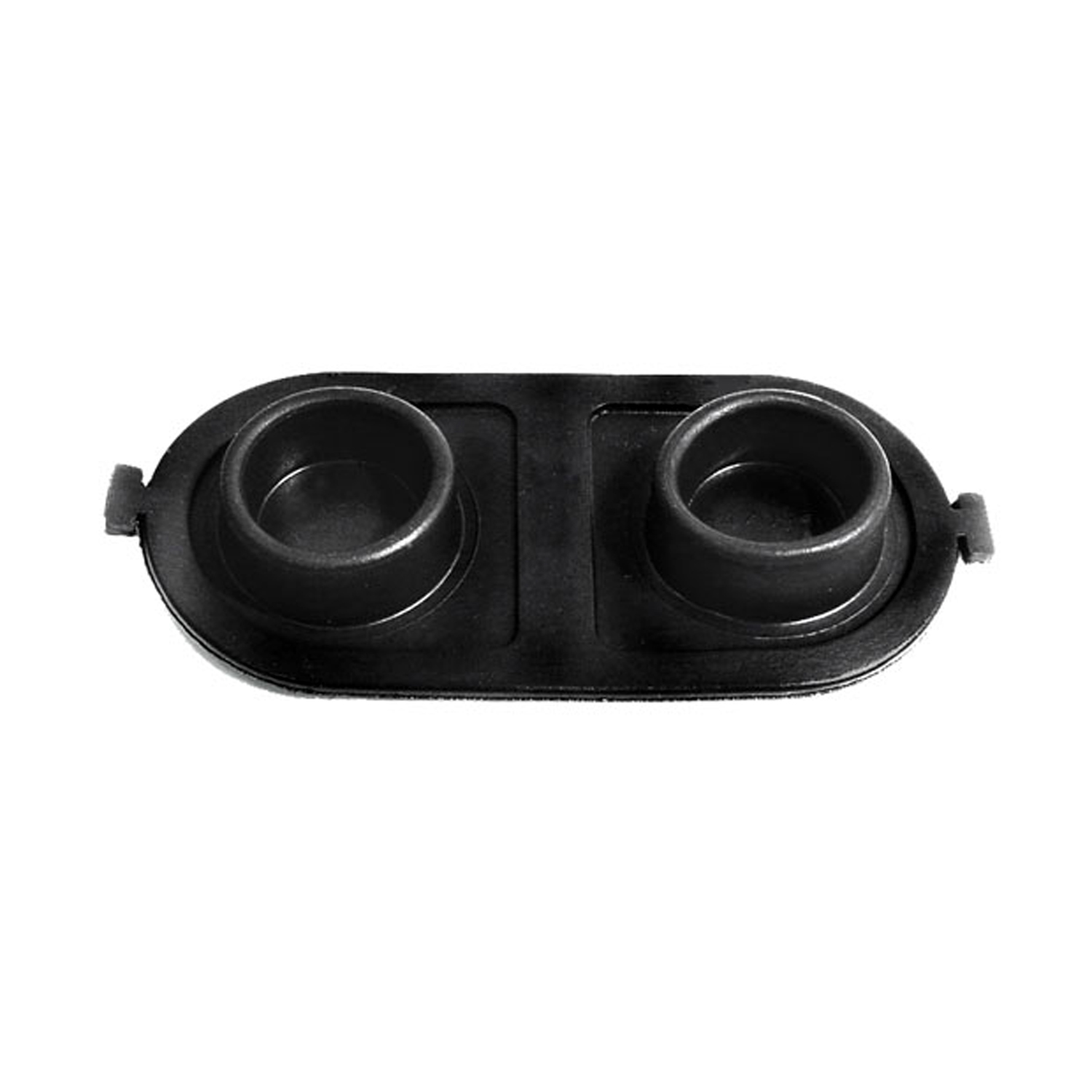 1977 Chevrolet Vega Brake Master Cylinder Cover Seal. Replaces OEM #5470861-RP 2-EBrake Master Cylinder Cover Seal. Replaces OEM #5470861. 5" X 2-1/2". Each
1977 Chevrolet Vega Brake Master Cylinder Cover Seal. Replaces OEM #5470861-RP 2-EBrake Master Cylinder Cover Seal. Replaces OEM #5470861. 5" X 2-1/2". Each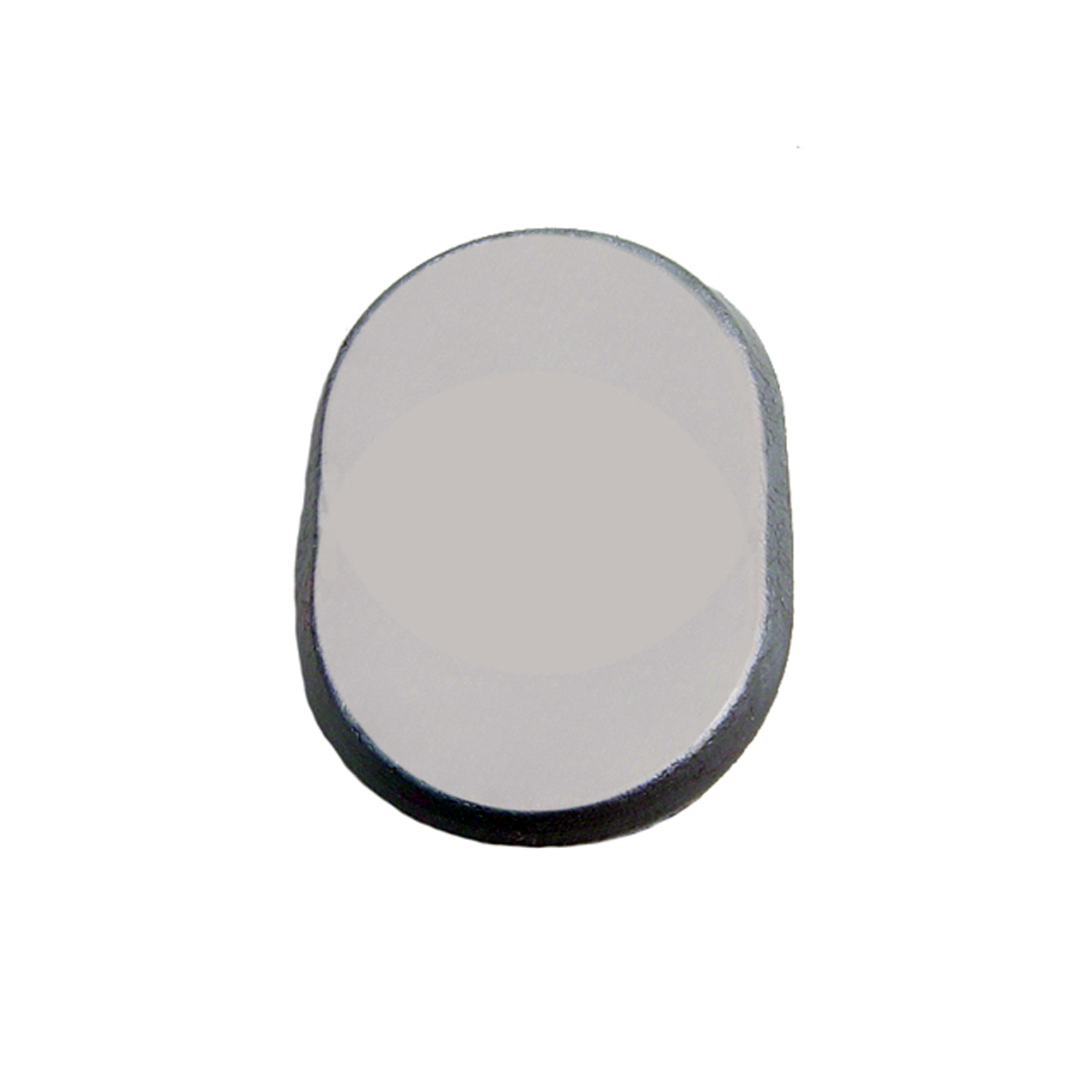 1977 Chevrolet Vega Hole Plug for Front Door Inner Panel Access Hole-SM 81Hole Plug for Front Door Inner Panel Access Hole. 1-1/2" X 1". Each
1977 Chevrolet Vega Hole Plug for Front Door Inner Panel Access Hole-SM 81Hole Plug for Front Door Inner Panel Access Hole. 1-1/2" X 1". Each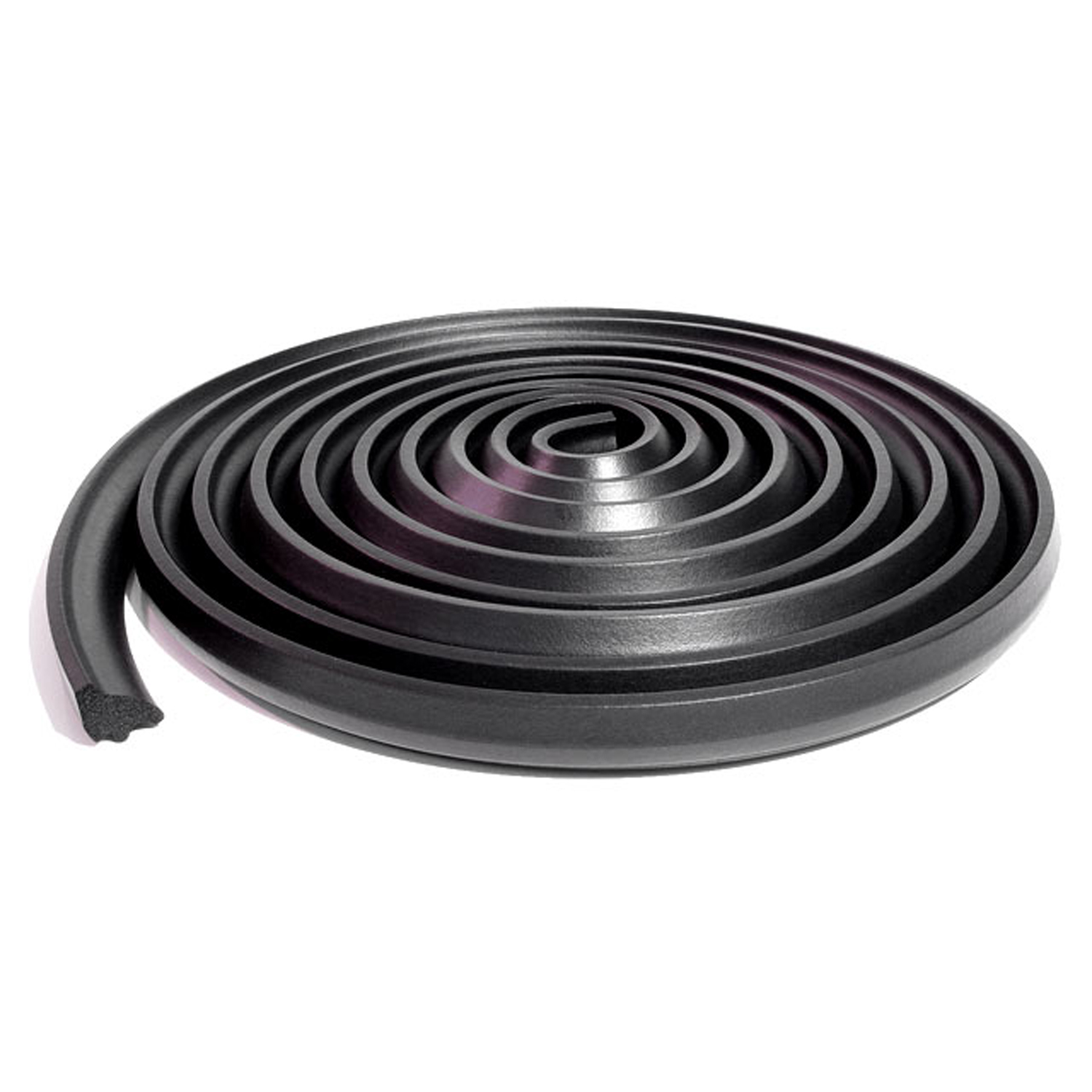 1977 Chevrolet Vega Hatchback seal-TK 46-C/18Hatchback seal. Fits '71-'77 Chevy Vega, '75-'76 Chevy Cosworth Vega and '75-'77 Pontiac Astre. 18 ft. long. Each.
1977 Chevrolet Vega Hatchback seal-TK 46-C/18Hatchback seal. Fits '71-'77 Chevy Vega, '75-'76 Chevy Cosworth Vega and '75-'77 Pontiac Astre. 18 ft. long. Each.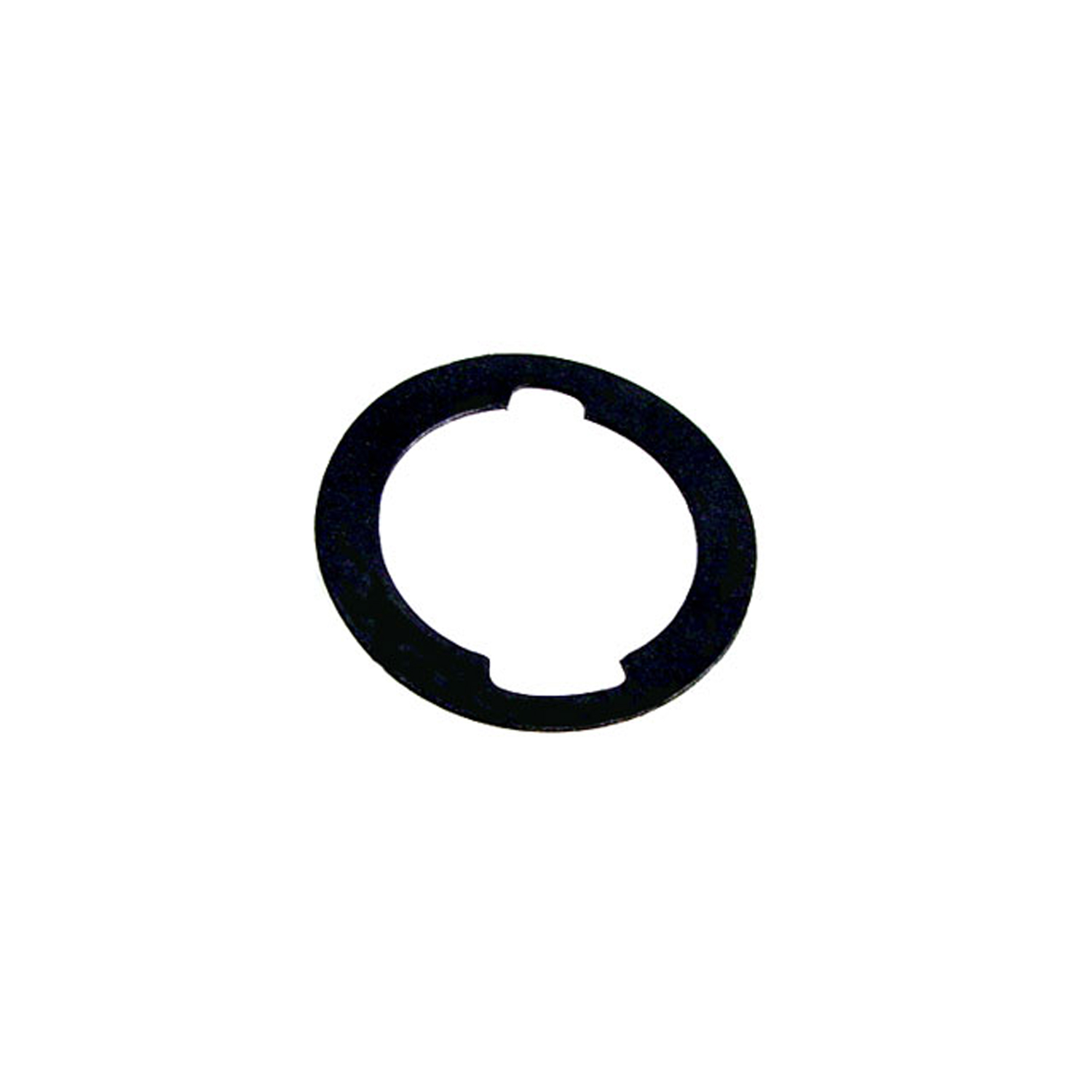 1977 Chevrolet Vega Unbeaded Door and Trunk Lock Gasket. 1-3/16" O.D., 7/8" I.D-UM 1600-100Unbeaded Door and Trunk Lock Gasket. 1-3/16" O.D., 7/8" I.D. Each
1977 Chevrolet Vega Unbeaded Door and Trunk Lock Gasket. 1-3/16" O.D., 7/8" I.D-UM 1600-100Unbeaded Door and Trunk Lock Gasket. 1-3/16" O.D., 7/8" I.D. Each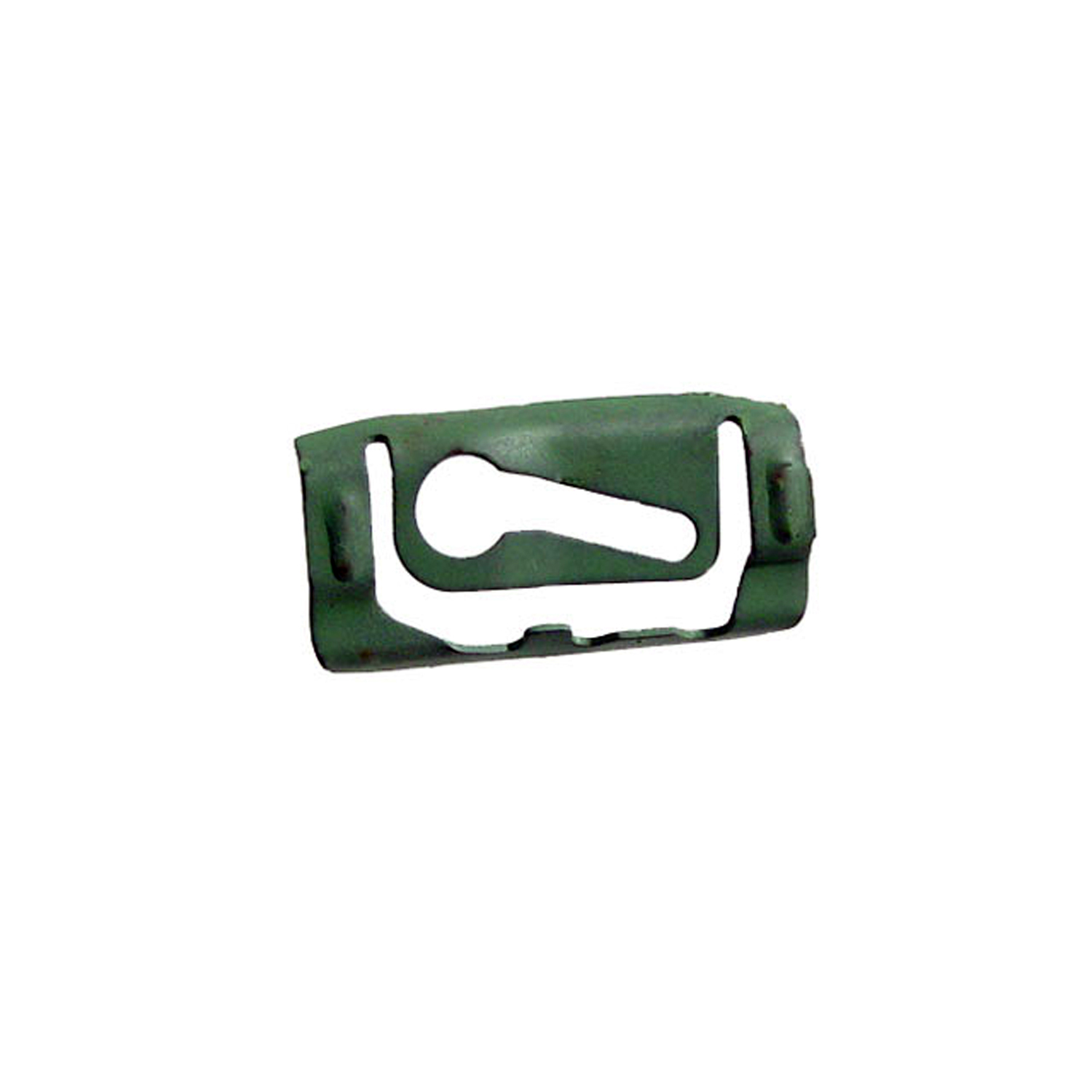 1977 Chevrolet Vega Quarter Window Reveal Molding Clip. Made of Steel-WF 205Quarter Window Reveal Molding Clip. Made of Steel. 1-3/8" X 11/16". Each
1977 Chevrolet Vega Quarter Window Reveal Molding Clip. Made of Steel-WF 205Quarter Window Reveal Molding Clip. Made of Steel. 1-3/8" X 11/16". Each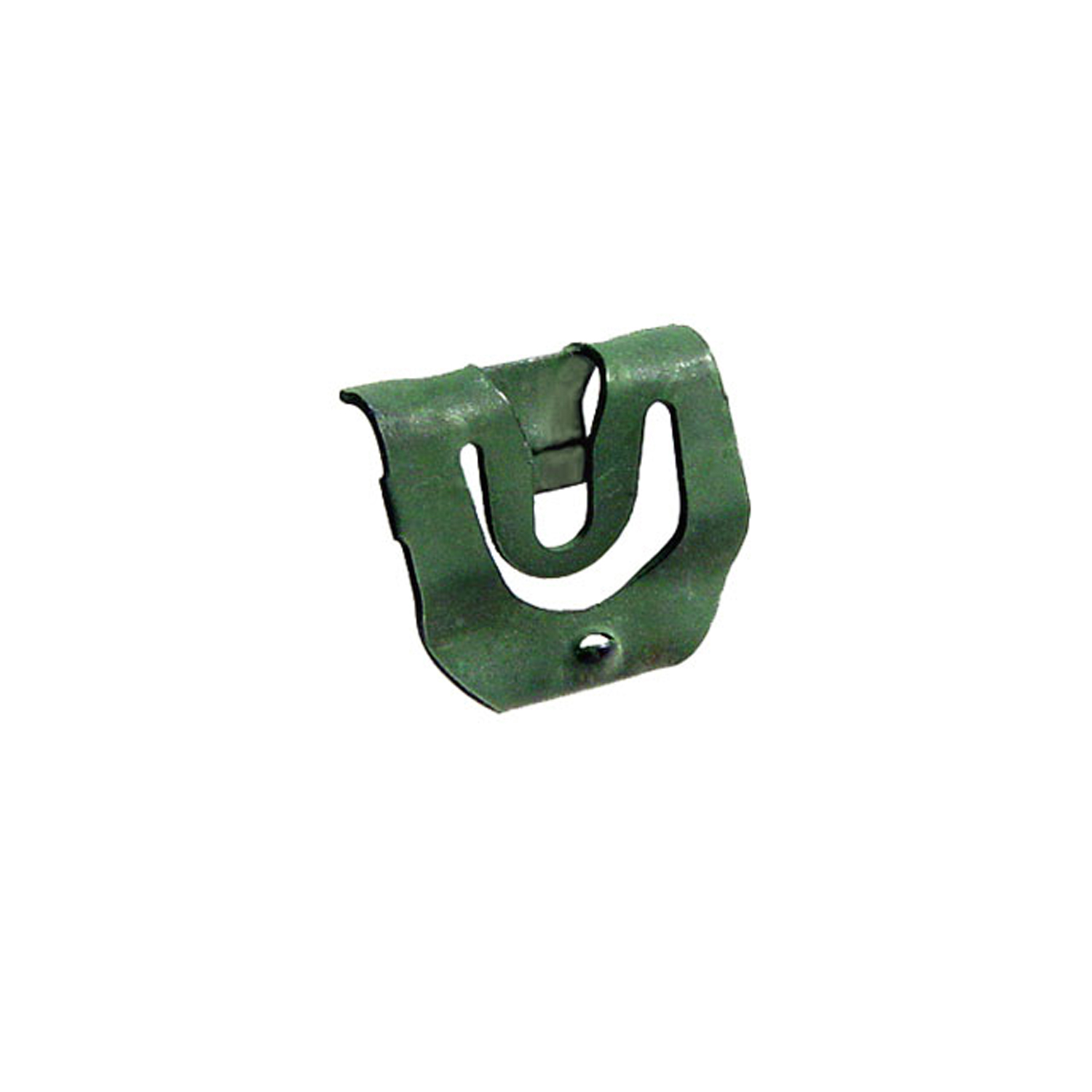 1977 Chevrolet Vega Rear Window Reveal Molding Clip. For Station Wagons-WF 208Rear Window Reveal Molding Clip. For Station Wagons. Made of steel. 5/8" x 3/4". Each
1977 Chevrolet Vega Rear Window Reveal Molding Clip. For Station Wagons-WF 208Rear Window Reveal Molding Clip. For Station Wagons. Made of steel. 5/8" x 3/4". Each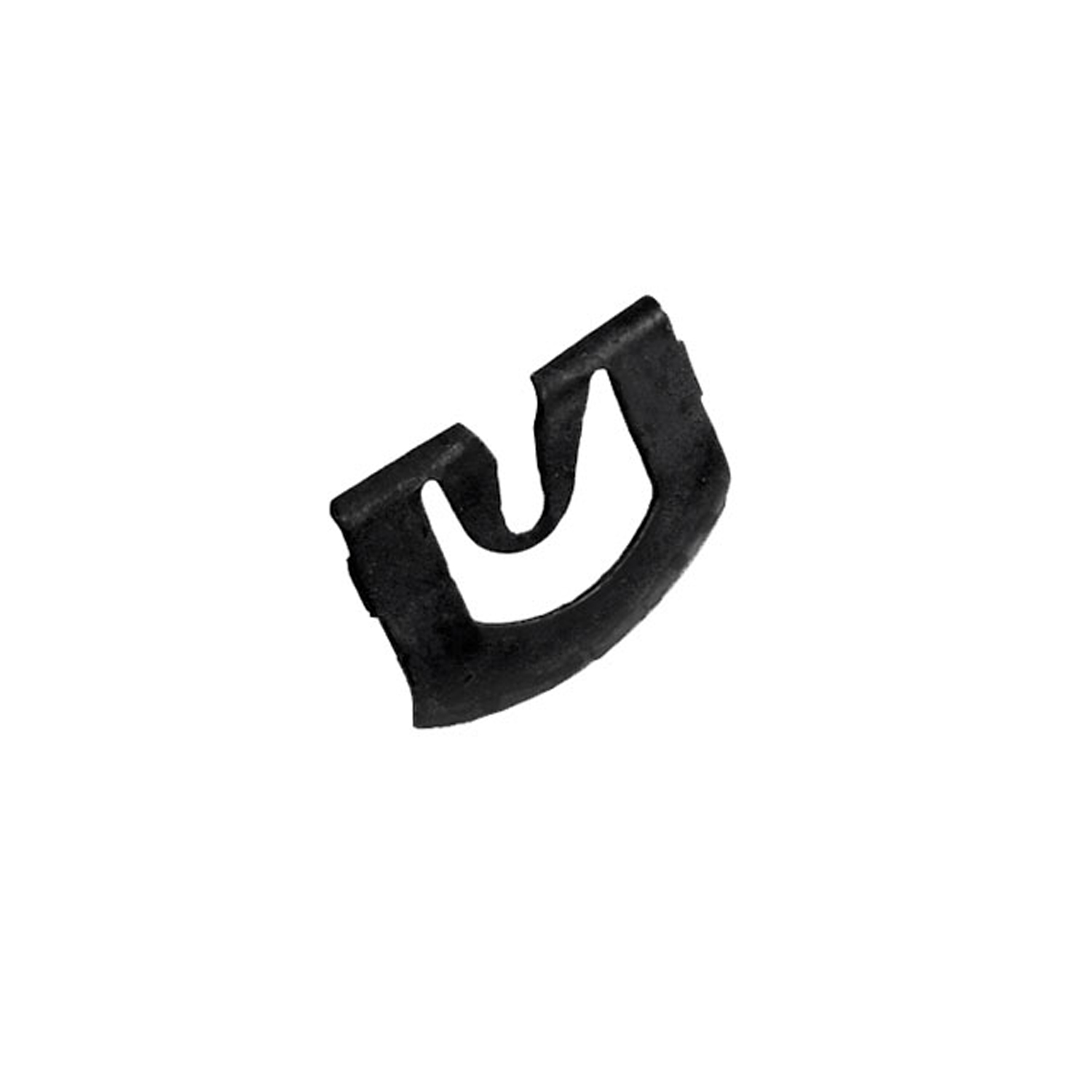 1977 Chevrolet Vega Windshield Reveal Molding Clip. Made of steel. 13/16" x 1"-WF 209Windshield Reveal Molding Clip. Made of steel. 13/16" x 1". Each
1977 Chevrolet Vega Windshield Reveal Molding Clip. Made of steel. 13/16" x 1"-WF 209Windshield Reveal Molding Clip. Made of steel. 13/16" x 1". Each 1977 Chevrolet Vega Rear Windshield Reveal Molding Clip. Made of steel-WF 211Rear Windshield Reveal Molding Clip. Made of steel. 15/16" X 3/4". Each
1977 Chevrolet Vega Rear Windshield Reveal Molding Clip. Made of steel-WF 211Rear Windshield Reveal Molding Clip. Made of steel. 15/16" X 3/4". Each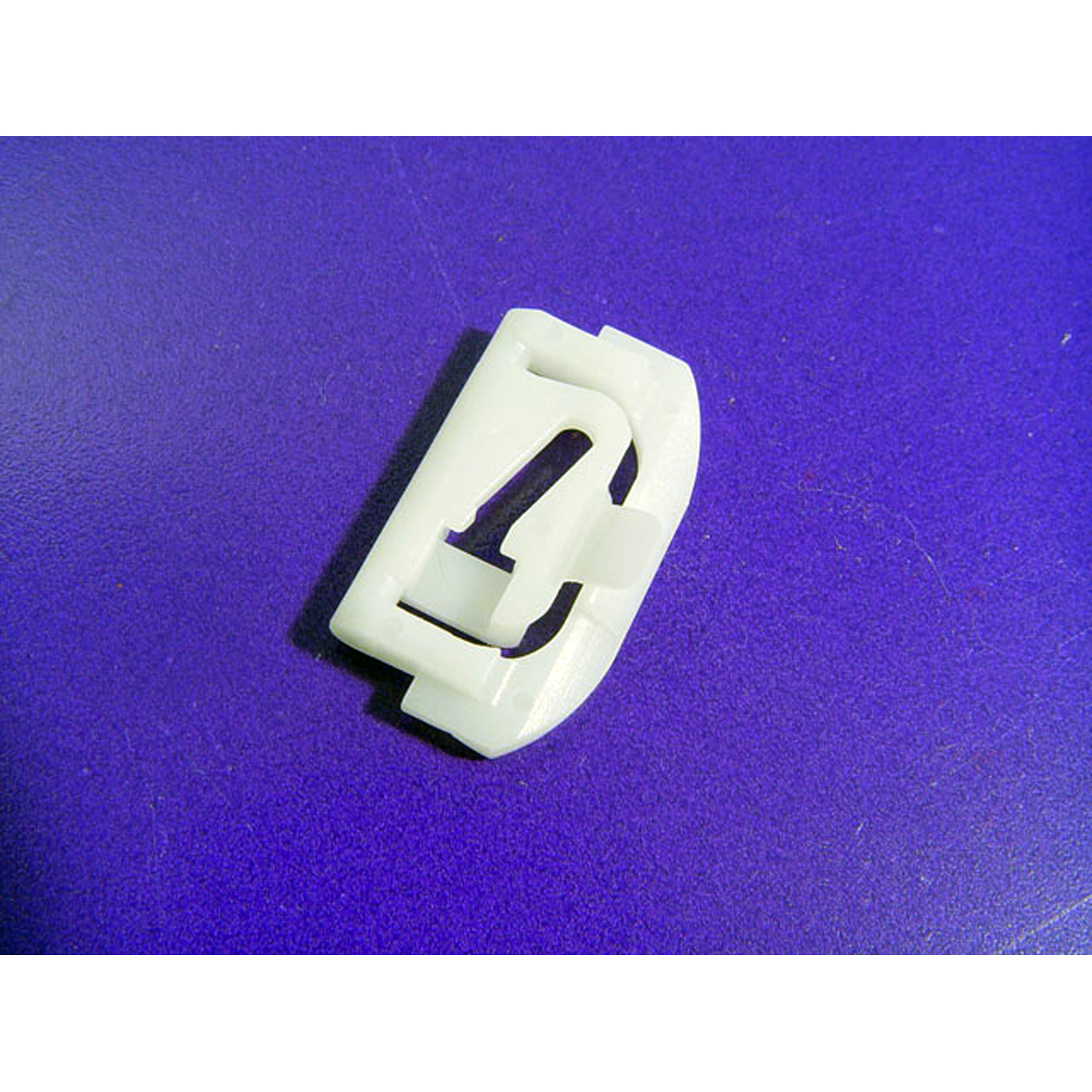 1977 Chevrolet Vega Lower Side Window Reveal Molding Clip. Made of nylon-WF 214Lower Side Window Reveal Molding Clip. Made of nylon. 1-1/4" x 3/4". Each
1977 Chevrolet Vega Lower Side Window Reveal Molding Clip. Made of nylon-WF 214Lower Side Window Reveal Molding Clip. Made of nylon. 1-1/4" x 3/4". Each 1977 Chevrolet Vega Windshield and Rear Windshield Reveal Molding Clip-WF 215Windshield and Rear Windshield Reveal Molding Clip. Made of nylon. 1-1/4" X 5/8". Each
1977 Chevrolet Vega Windshield and Rear Windshield Reveal Molding Clip-WF 215Windshield and Rear Windshield Reveal Molding Clip. Made of nylon. 1-1/4" X 5/8". Each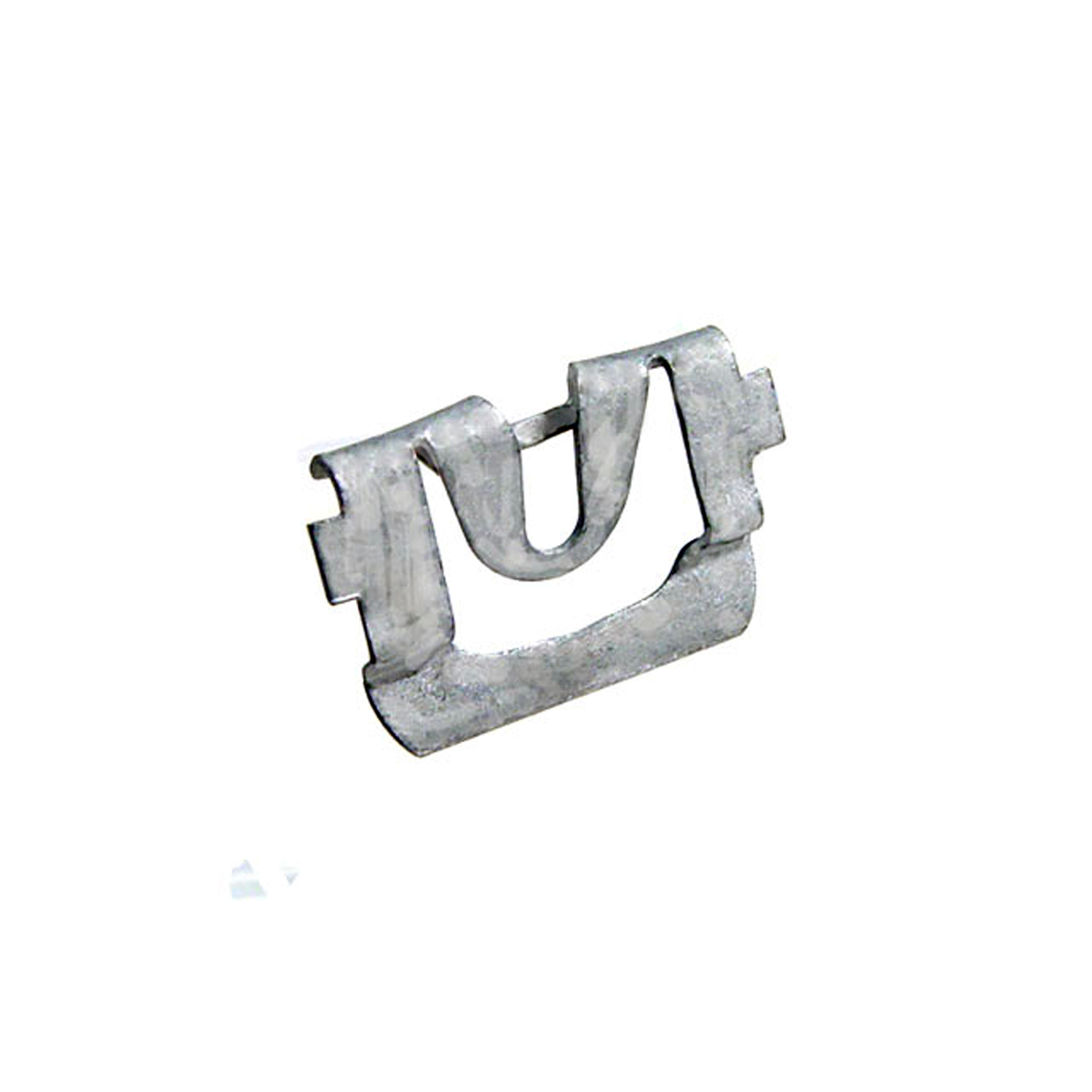 1977 Chevrolet Vega Windshield Reveal Molding Clip. Made of steel-WF 223Windshield Reveal Molding Clip. Made of steel. 1/1/8" X 3/4". Each
1977 Chevrolet Vega Windshield Reveal Molding Clip. Made of steel-WF 223Windshield Reveal Molding Clip. Made of steel. 1/1/8" X 3/4". Each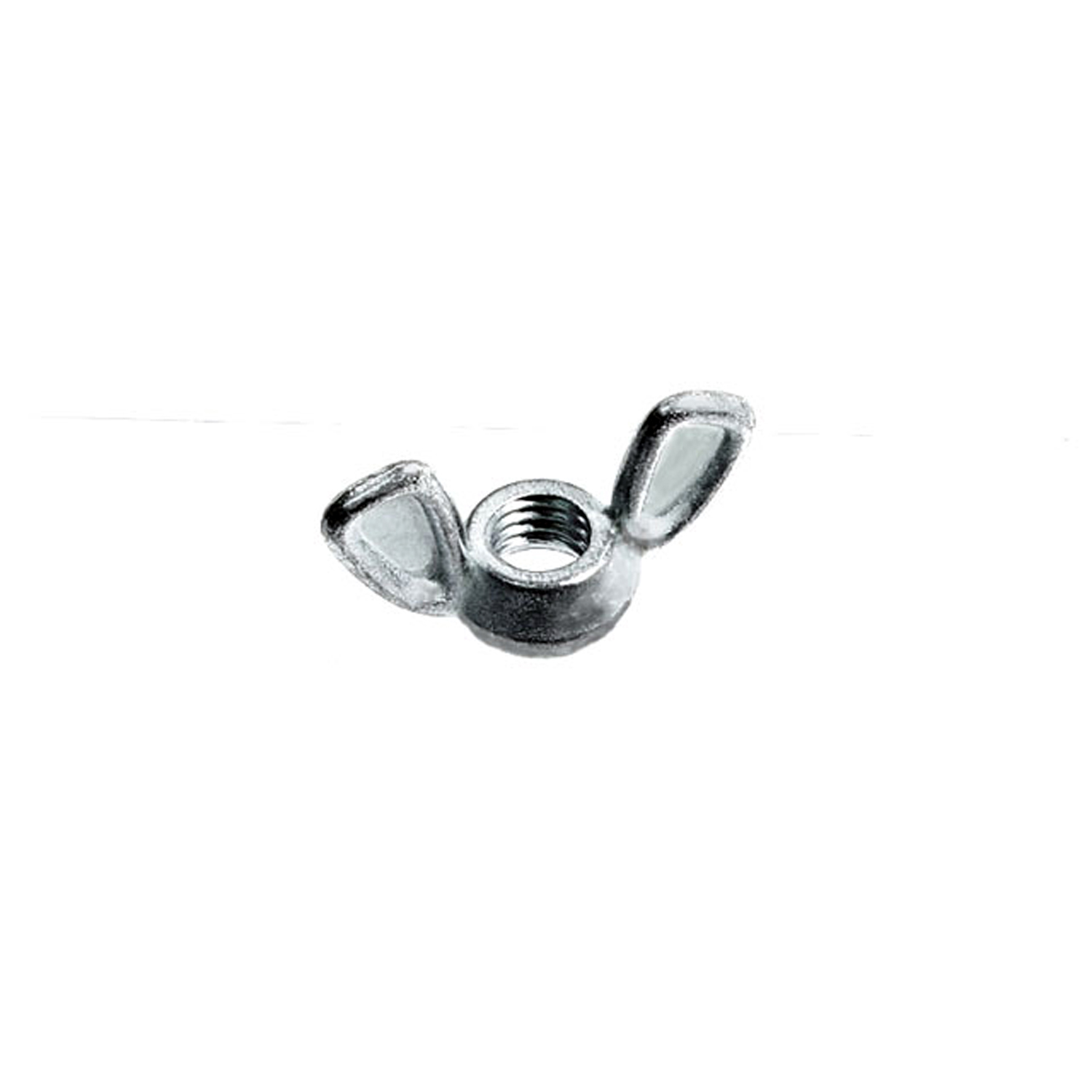 1977 Chevrolet Vega Jack Handle Tie Down Nut. Replaces OEM #11502763. 8 mm-WF 3502Jack Handle Tie Down Nut. Replaces OEM #11502763. 8 mm. Each
1977 Chevrolet Vega Jack Handle Tie Down Nut. Replaces OEM #11502763. 8 mm-WF 3502Jack Handle Tie Down Nut. Replaces OEM #11502763. 8 mm. EachWhy Choose Metro?
For over 100 years, Metro Moulded Parts has been the pinnacle of quality in classic car restoration parts. Our commitment to precision and authenticity in every component ensures a perfect fit and an OEM-level appearance.
- Expert Craftsmanship & Quality: Each part is a testament to our dedication to reliability and perfection, crafted from original designs and thoroughly tested.
- Advanced Technology: We use cutting-edge techniques to create flawless, long-lasting parts that surpass others in performance.
- SuperSoft Sponge – The Ultimate Door Seal: Not only are our door seals 30% softer than competitors', but they're also guaranteed to never leak. They effectively reduce wind and road noise, enhancing your classic car's comfort and driving experience.
- Proudly American: Our parts are a product of American craftsmanship, made in the USA with a spirit of excellence and heritage.
- Unrivaled Warranty: We back our products with a 30-year industry-leading warranty, a testament to our confidence in their quality.
Join us in preserving the legacy of classic cars with parts that are crafted for perfection, not just made.

